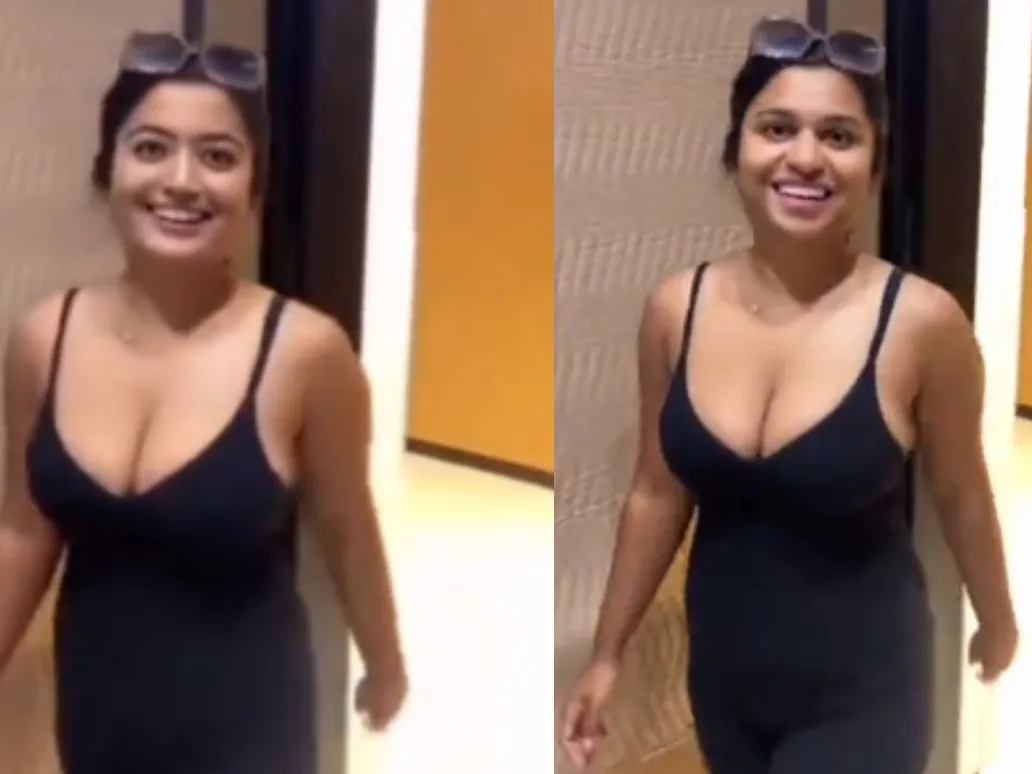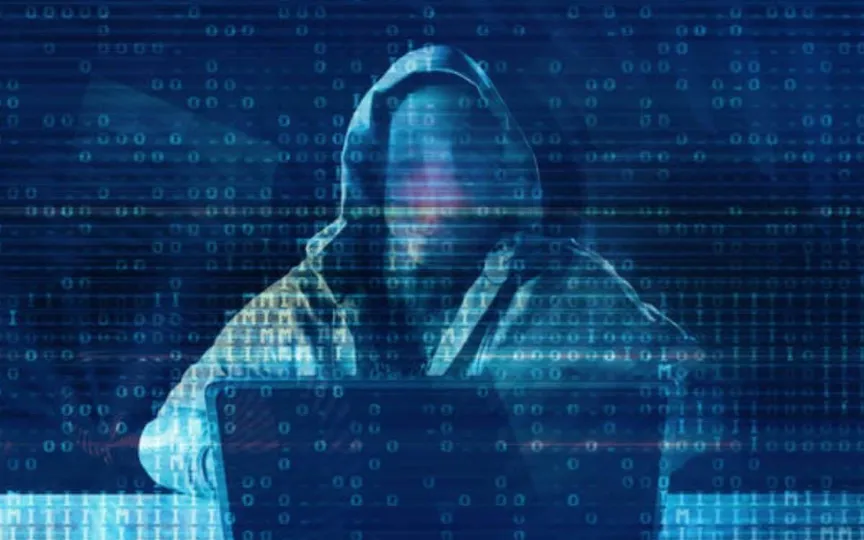Unmasking Deepfakes: A Quick Guide to Spotting AI-Generated Videos
With artificial intelligence (AI)-produced fake videos becoming more common on social media, a deepfake video featuring Bollywood actress Rashmika Mandanna that has recently gone viral has revealed an alarming possibility of misuse of artificial intelligence that threatens not only public figures but also general internet users.
Deepfake videos, which use artificial intelligence to change faces or edit videos, make it hard to tell what’s real.
What is Deepfake?
Deepfakes are fake videos made by swapping one person’s face with another using powerful computer tricks. Deepfakes use a form of artificial intelligence called deep learning to create this deceptive image. This is why they are called “deepfakes”.

Fake AI-generated content is designed to look like it’s created by real people, when in fact it’s completely fake. Deepfake technology can be used to create fictitious photos, crafted videos or even sound clones. A deepfake often alters existing content, such as an image or video.
The technology can also be used to create original content where someone is shown doing or saying something they didn’t do or say. Detecting deepfake videos is difficult because the technology behind them is constantly improving.
Here are some simple tips to help you spot a deep fake:
– You can identify fake videos created by artificial intelligence by always looking for strange facial movements and expressions.
– Deepfakes can look unnatural due to awkward position, body proportions or movements.
– Listen carefully for a sound that does not match the person’s lips.
– Check if the video matches the person’s usual behavior.
– Check the reliability of the source.
– Look for strange blurs or distortions.
– Use deep counterfeit detection tools if available.
– Keep up to date with the latest deepfake technology.
To protect against deep fakes, limit the amount of personal information shared online. Reduce the sharing of photos or videos online that could be used to create deep fakes. People who are concerned about their personal information should consider changing their Instagram account to private instead of public.
One more thing! ReturnByte is now on WhatsApp channels! Click here to join so that you never miss any updates from the world of technology.





This is quite fear inducing to think about, but I can see how it can be used for good. Hopefully there will be regulations put in place that will prevent the use of DeepFakes for malicious intent.